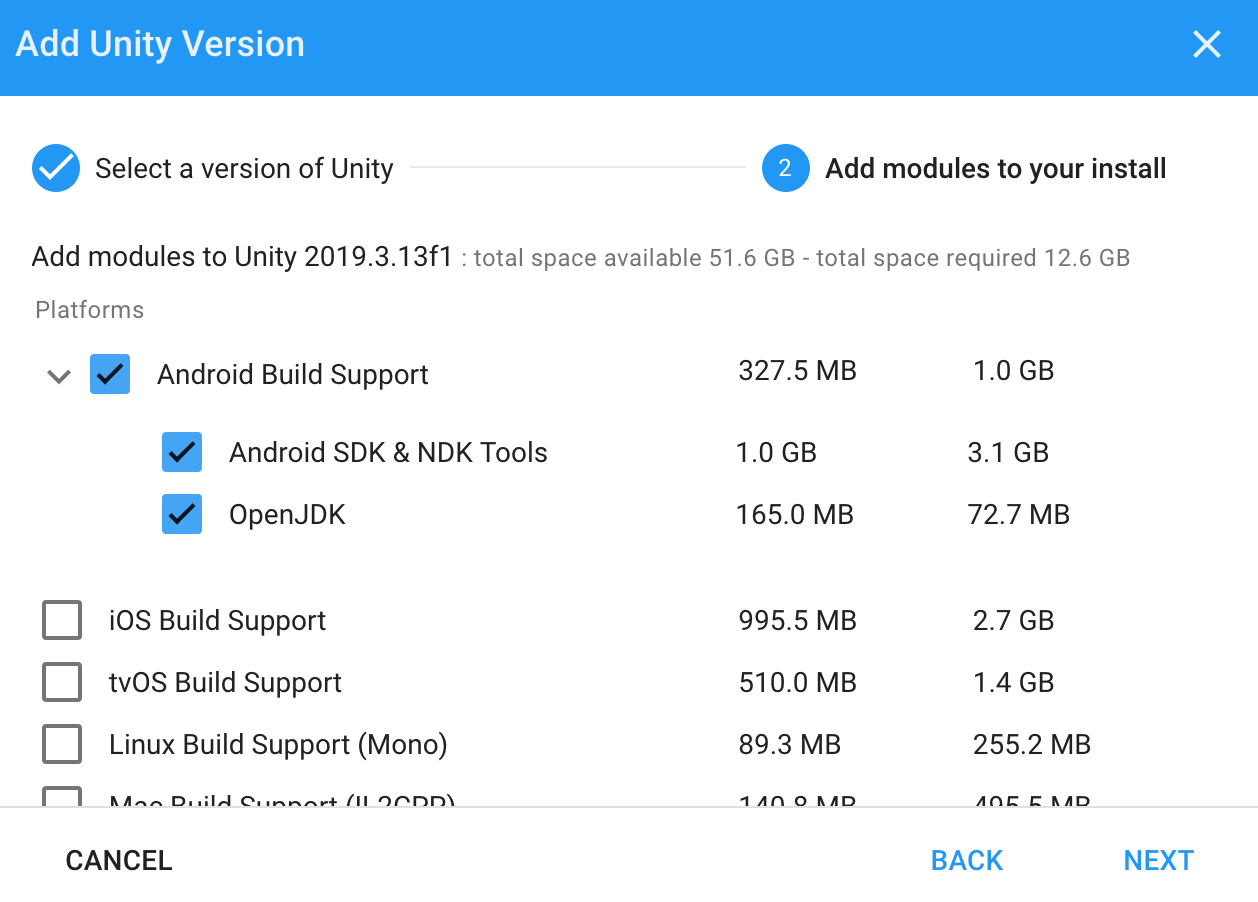
Now you can connect the headset to your PC, using the USB-C cable. The initial step, having downloaded the Oculus app on your phone, is to enable the Developer mode as such: go to Settings > More Settings > Developer Mode and toggle the ‘Developer Mode’ on. Now we will explain in three steps how to connect the headset.

Test users who use Oculus exclusively for development purposes can set up a Test-User Account.Users can also choose not to merge and continue in Oculus for 2 more years. Existing Oculus users will have the option to merge their accounts with the Facebook one.New users need to log in with a Facebook account.For previous generation Oculus devices:.Quest 2 requires everyone to use a Facebook account to log in.Latest software version on Oculus (Oculus headset -> Settings -> About -> Software version -> Download latest version).Īccording to Oculus Guidelines (as Oculus is owned by Facebook), there are some account requirements according to your device:.Smartphone compatible with Oculus App, according to the headset you use: Quest, Quest2 and Go.Laptop/Desktop computer meeting these requirements.A high-quality USB cable that is used for Oculus Link.Oculus headset: Quest, Quest2, Rift, Go.In order to create apps for Oculus hardware, you’ll need to have the following products:
Update: We’ve published a follow up article that goes into developing a holographic UI in VR for Unity.

This article is aiming to guide you through the basic setup steps that you need to develop and build Hand-Tracking VR applications. Missing a specific configuration or step sometimes leads to common pitfalls that could block you from being able to debug your app in Unity. However, there are a number of set-up steps and configurations to follow before being able to successfully work on VR environments using Oculus headsets.

While developing Virtual Reality applications or prototypes, engineers frequently choose Unit圓D, as Unity provides cutting-edge tools and libraries to become creative and productive in VR. Technology like Virtual Reality headsets and associated software are of increasing importance since their usage has exploded in recent years, as means of innovative experiences and applications in multiple sectors. Such tools are commonly perplexing and require attention to detail. Contemporary technology and the progressing complexity of nowadays product development creates a growing necessity for tools that assist engineers in manufacturing.


 0 kommentar(er)
0 kommentar(er)
